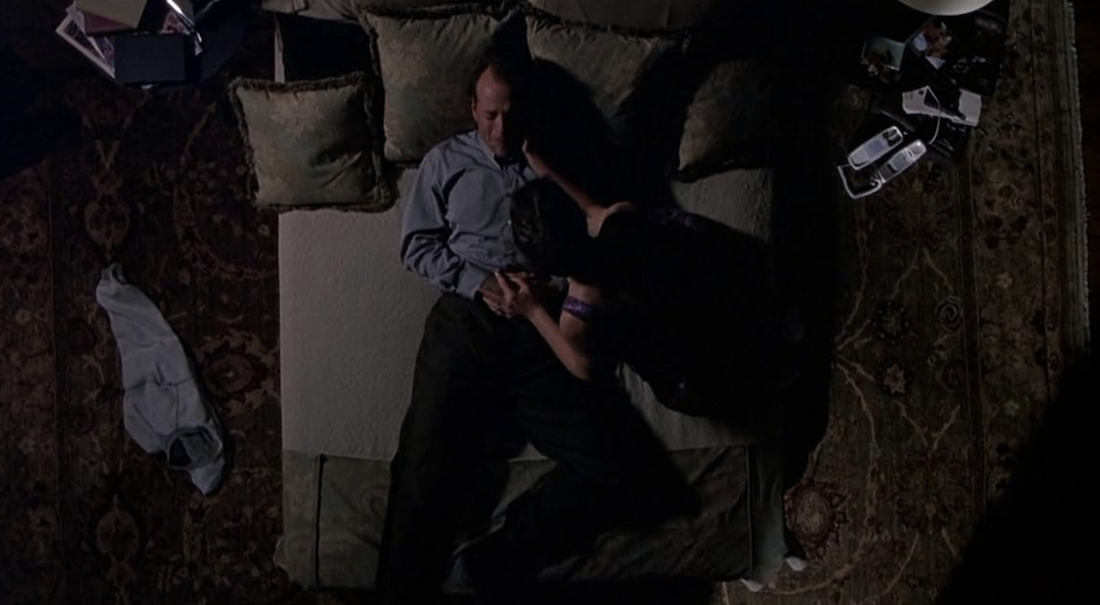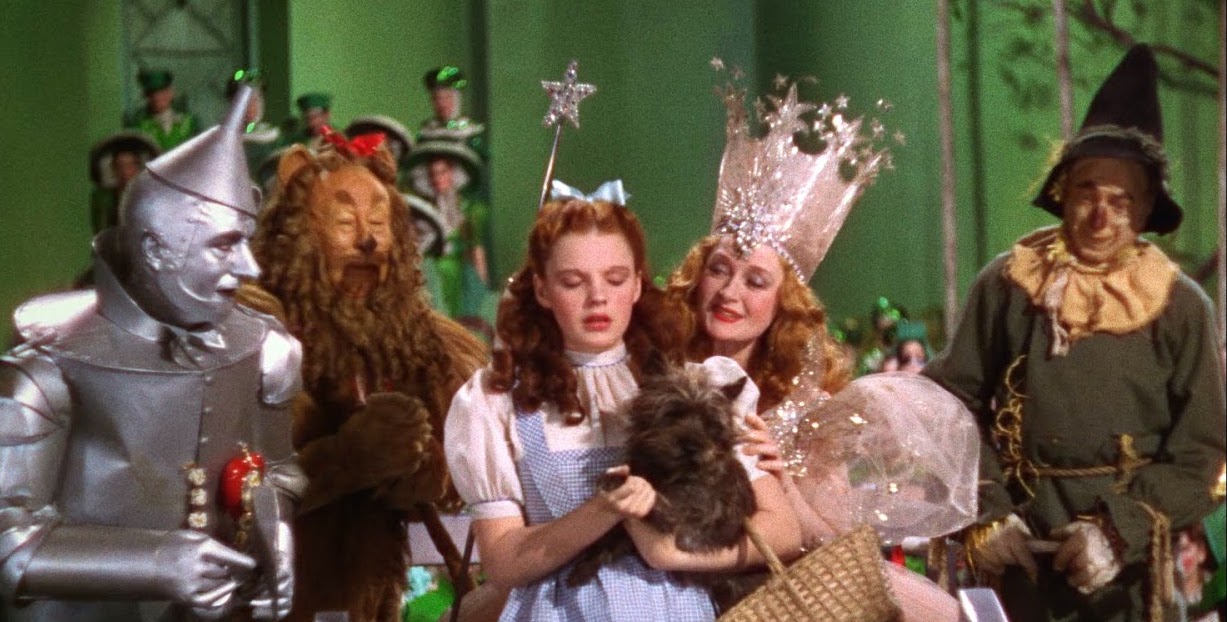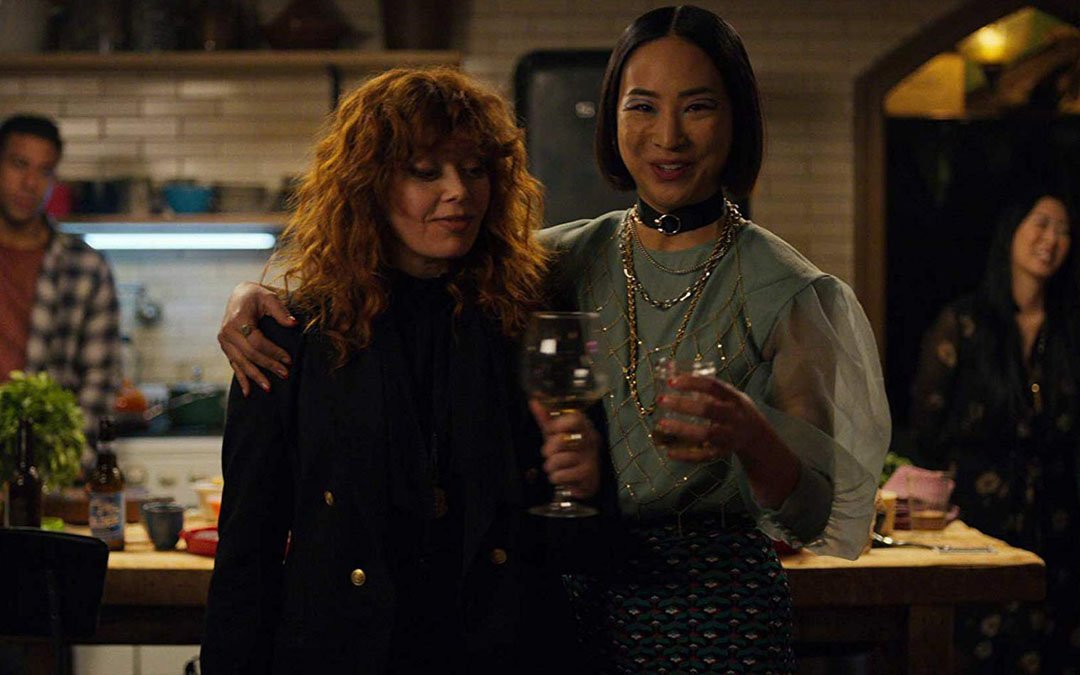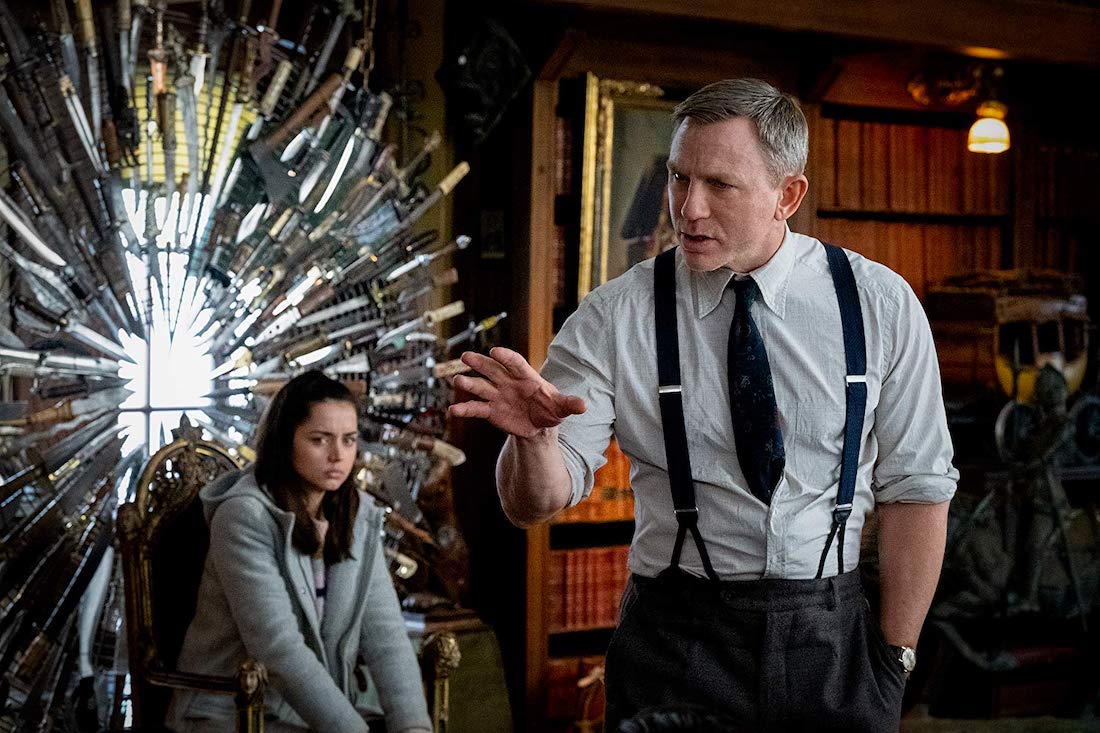How to Write a Fantastic Plot Twist
September 26, 2023
Psycho. Get Out. The Usual Suspects. The Sixth Sense. These are all examples of movies with some of the greatest plot twists of all time. Let’s face it – you might not remember every scene of these films, but you definitely know the plot twist that made your head explode.
Plot twists are an important part of storytelling because they add the right amount of suspense and surprise to your script that keep audiences engaged. No one wants to go into a movie thinking, “I know exactly how this is going to turn out.” Plot twists subvert our expectations to elevate the plot and set it in a whole different direction.
So how do you write a fantastic plot twist to impress? Read on for tips on how to write a successful plot twist for your screenplay that will hopefully hold up with some of the greats.
Decide Which Plot Twist to Use
There are many different narrative devices in which you can create your epic plot twist. You can use one or more in your script. Some of the most common ones used include:
Chekhov’s Gun: This is when something seemingly insignificant is introduced into the plot, which can be done through a character, and ends up being something important at a later stage in the story. Think of the small rock hammer in The Shawshank Redemption.
Anagnorisis: Anagnorisis means “knowing again” or “discovery.” It’s used when the protagonist realizes the truth about who they are or what their situation is. Think Bruce Willis’s character discovery in The Sixth Sense.

Peripeteia: Peripeteia is Greek for “falling round” and refers to a sudden reversal of fortune, typically negative in consequences. You think the plot is going somewhere and then…uh oh! Think when Marion is murdered in Psycho.
Deus Ex Machina: Latin for “God from the machine,” this plot twist is an unexpected event suddenly saving the main characters from a desperate or hopeless situation. For example, the moment when Hangman saves Maverick and Rooster in Top Gun: Maverick.
Analepsis: This is simply a flashback, and when it’s used strategically, can help provide additional information about characters or the story that can impact events as well as the audience’s interpretation of what’s already occurred. Think of the flashback used between Benoit and Cassandra in Glass Onion: A Knives Out Mystery.
Unreliable Narrator: This plot twist uses an unreliable narrator who’s been deliberately deceiving the audience the entire time. Think of the reveal of Keyser Soze in The Usual Suspects.
Red Herring: This classic plot device refers to a false clue (or more) that’s meant to mislead the hero and distract them from finding out the truth. For example, there are many red herrings in Knives Out before it’s revealed that Marta killed Harlan.
How to Write the Plot Twist into Your Script
Of course, it’s not just a matter of deciding which plot twist to use — now you will have to write the damn thing – and pull it off. Here are some tips to help get you started.
Throw Out the Obvious
The thing about fantastic plot twists is they are totally unexpected. So first write out all of the obvious ways that the audience might assume your story will go. Come up with at least 10 examples. Then, keep brainstorming until you find one that seems impossible but could work using one of the plot twist devices listed above. Think as opposite and extreme as you can but also…simple. The twist in Memento is a great example of this.
Foreshadowing is Your Friend
When foreshadowing is done correctly, it’s like the magic sauce of your taut thriller. Foreshadowing is all about planting seeds or clues so that when your audience is surprised at your plot twist, they can look back on the story and realize all the clues were already there. Think of The Sixth Sense for example and its brilliant "gotcha" moment.
Use Some Misdirection
A little goes a long way when using misdirection. You want to throw off your audience with a red herring or two or even a dead end but you don’t want to constantly mislead them or they’ll lose interest or not trust your storytelling. For example, in Glass Onion: A Knives Out Mystery, Derol serves as the perfect red herring, randomly popping up at key moments, including when Andi/Helen is searching the rooms for the red envelope. His mysterious presence is just enough to keep you guessing about who he really is and if he’s actually involved in the murder.
Let Your Characters Be the Twist
Movies like Primal Fear, The Others and Fight Club, to name a few, had their characters be the big twist in the movie. Think of how you can subvert expectations with your characters and their actions and see where the story takes you.
Read More: Internal Conflict Vs. External Conflict
Avoid Gimmicks and Coincidences
You get probably one (really good) coincidence in your story, and that’s it. Don’t rely on gimmicks or contrivances in your story or your audience just won’t buy what’s happening. For example, in Signs, the aliens are ultimately defeated by water, which begs the question – why would aliens land on a planet that’s over 70 percent water (a fact that they would likely know due to their intelligence and advanced technology)? It just seems like M Night. Shyamalan really wanted something weird and gimmicky for his classic twist that didn’t ultimately work.
Maintain the Tension Always
Creating and maintaining tension is huge in any story, but especially leading up to the plot twist. Another tip – you don’t want to take your foot off the gas even after the reveal. Why? Because one of the most crucial components of a plot twist is how it raises the stakes and engages your audience. Don’t let them down by having a huge lull after a big moment. Keep the momentum going. Of course, there are some amazing plot twists that happen at the end of a script (Think The Usual Suspects, Gone Girl, and Seven) but even then there’s usually some sort of context or follow-up that occurs so you’re not leaving the audience hanging.
Don’t Force the Plot Twist
Sure, we all love a good plot twist but if it doesn’t suit your story, don’t force it. There’s nothing worse than a bad plot twist that doesn’t make any sense or leaves your audience so unsettled, that they won’t appreciate anything else about your script except the terrible plot twist. For example, The Village is set in the 21st century or the sister is the killer in The Unforgivable.
Written by: Brianne Hogan
Brianne Hogan is a freelance writer currently based in Prince Edward Island. A film studies graduate from NYU, her byline's been featured in Creative Screenwriting, ScreenCraft, The Huffington Post, among others. "Jurassic Park" is unashamedly her favorite movie (at this moment). You can follow Brianne on Twitter via @briannehogan- Topics:
- Writing & Tools




